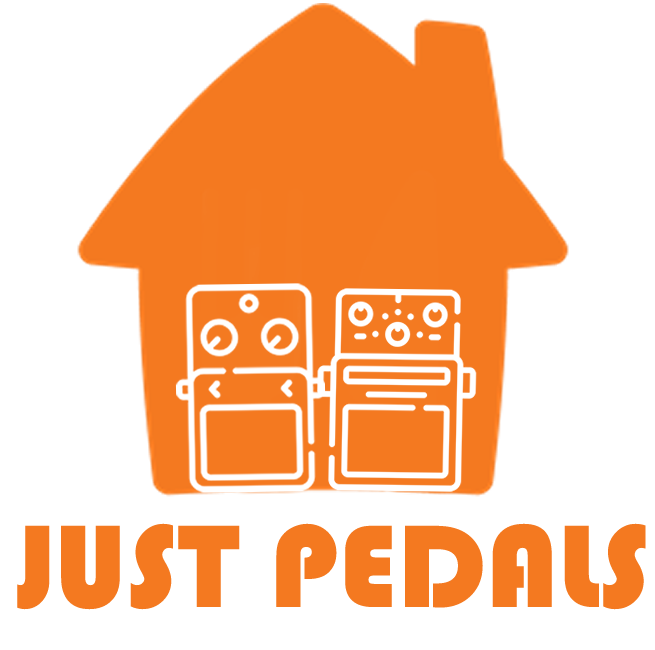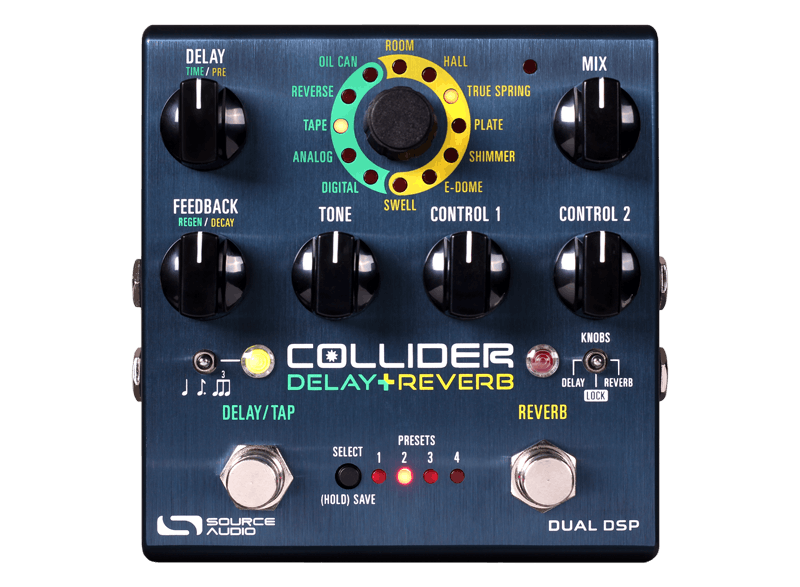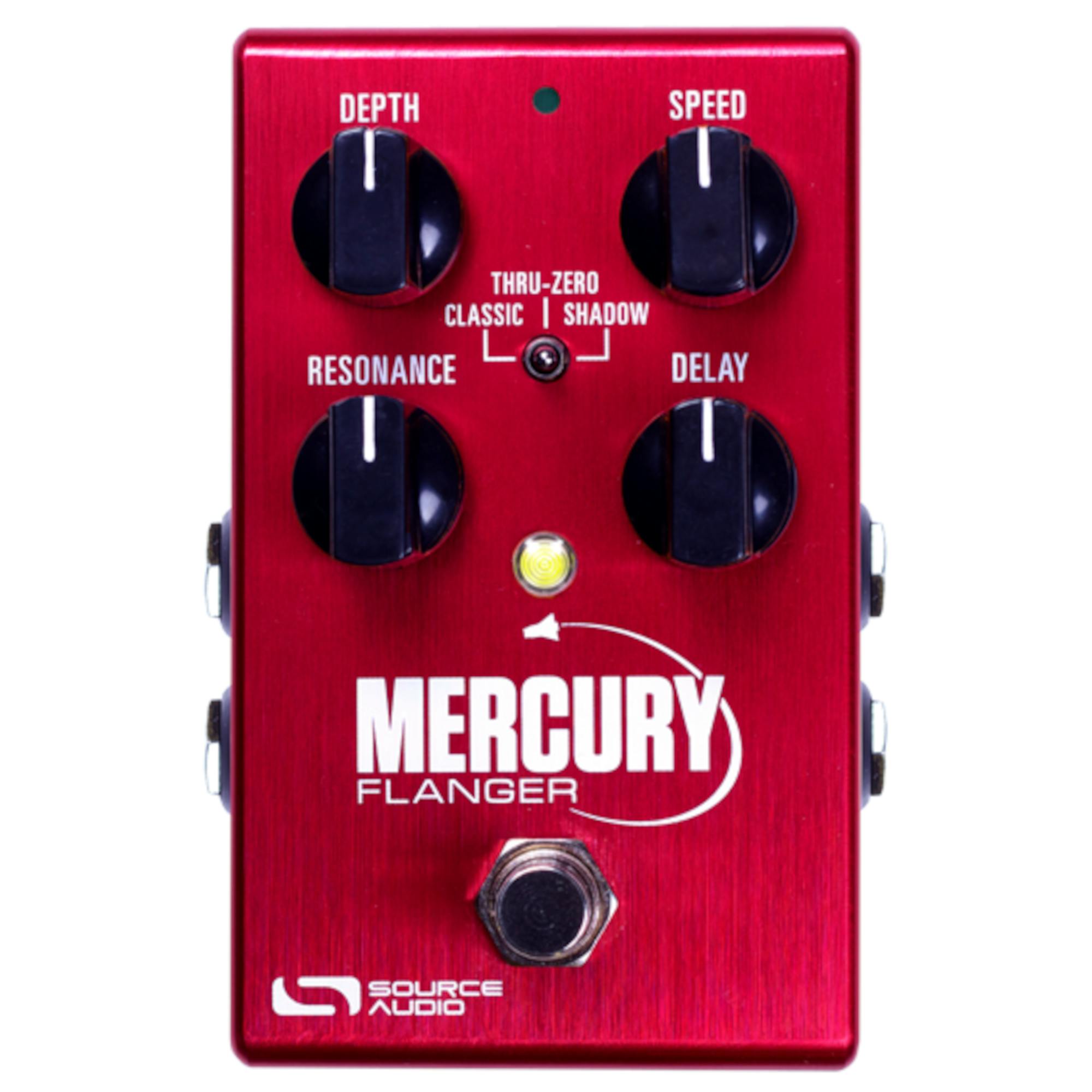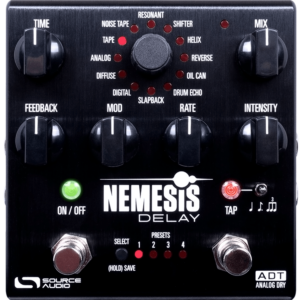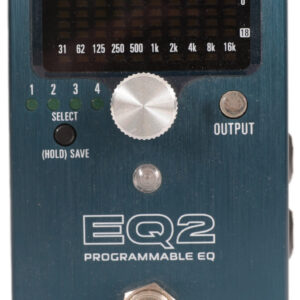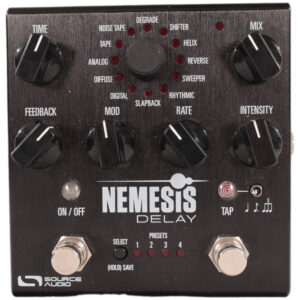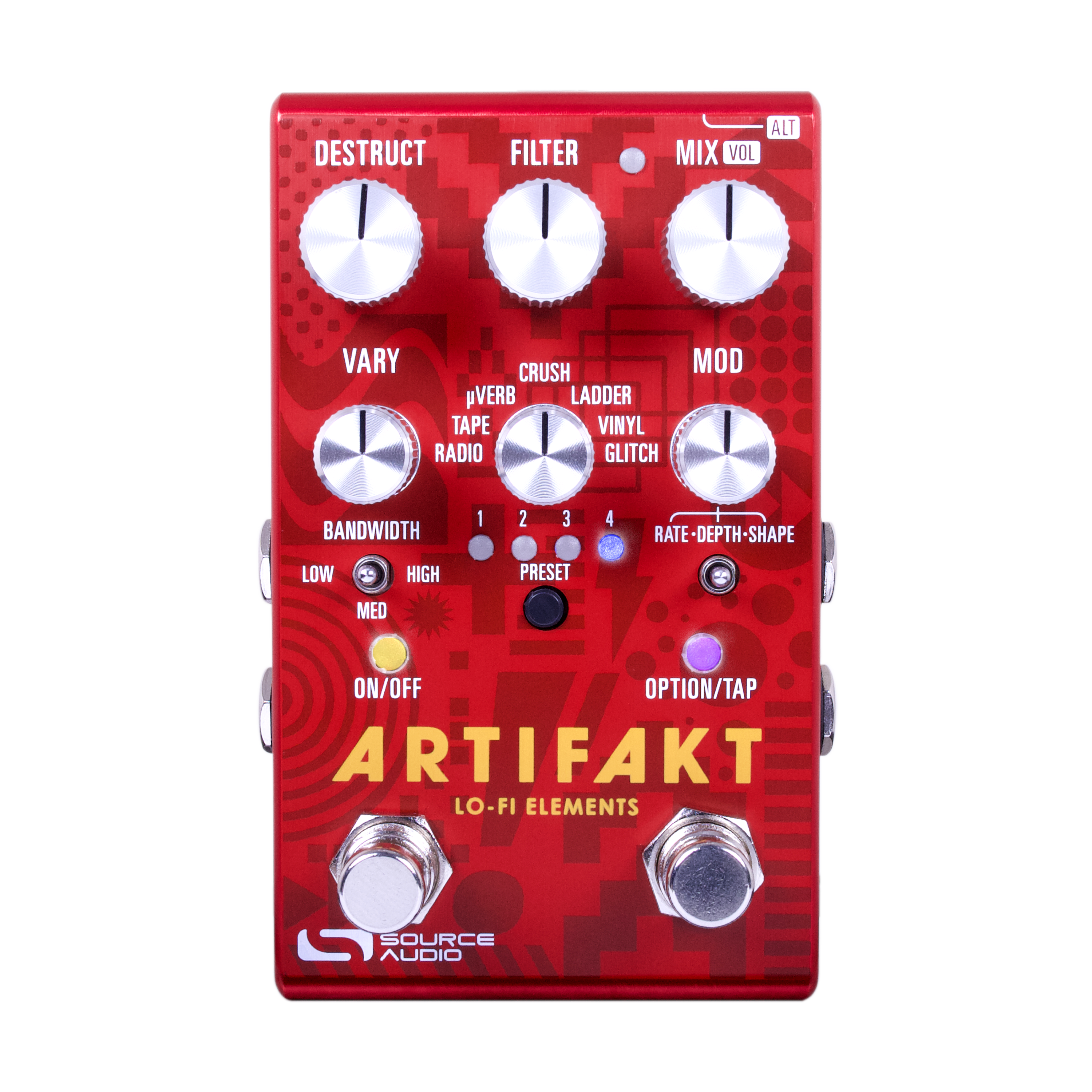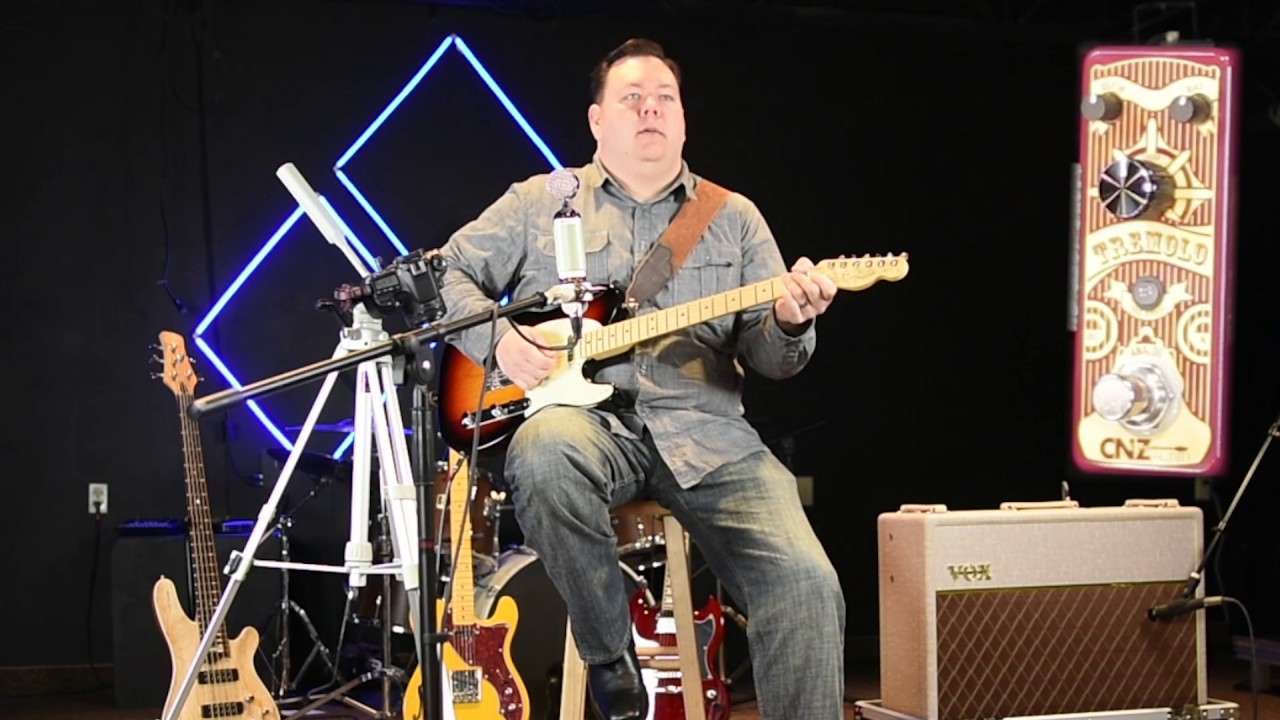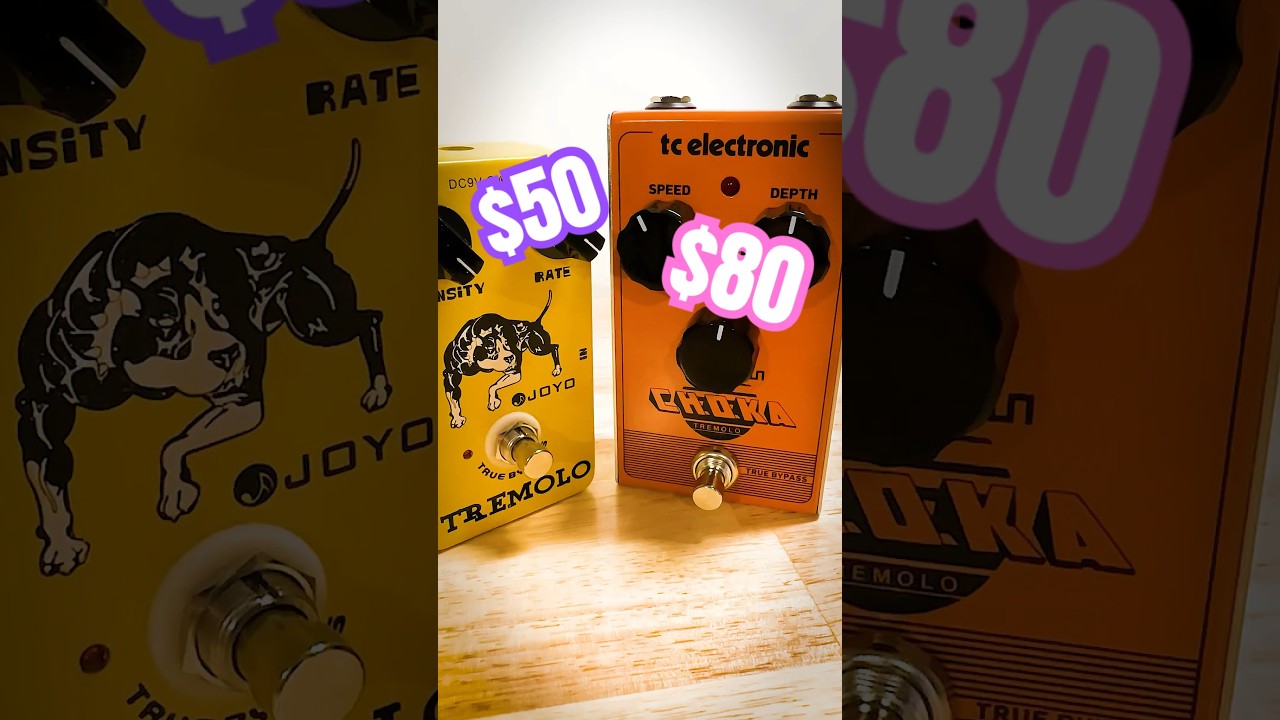Description
The Source Audio Collider Delay & Reverb Pedal is currently retailing at £359 and it is in stock. Available to be delivered to you by post direct (some charge may apply).The team at Just Pedals think that Source Audio nailed it with the Source Audio Collider Delay & Reverb Pedal.
Widely lauded for their sensational stompbox engineering, Source Audio are among the titans of the digital guitar FX world. Now they’ve combined algorithms from two of their most popular pedals – the Nemesis Delay and Ventris Dual Reverb – to create a compact ambient powerhouse. Introducing the Collider!
Key features
- Stereo Inputs & Outputs
- Two completely independent processors
- Analog Dry Through
- Universal Bypass
- Compact Design
- 128 Preset slots
- Dual Delay or Reverb Control Set with the Neuro Mobile App and Neuro Desktop Editor
- Tap Tempo
- Reverb “Hold” Mode for endless ambient reverb tails
- Knobs “Lock” Switch to prevent unwanted parameter changes
- Complete MIDI Functionally
- Expression Control
Here’s what Source Audio say:
Design complex soundscapes in seconds with the Collider Delay + Reverb. We hand-picked 12 standout delay and reverb effects from our award winning Nemesis Delay and Ventris Dual Reverb, and put them together in one compact housing with massive power and dead simple control. The Collider’s intuitive control surface makes it easy to mix-and-match any two-engine combination of delay and reverb. Dual footswitches provide individual Engage/Bypass control over each effect, making it a perfect choice for live performance.
The Collider offers an exceptional collection of rich, spacious tones, including realistic reproductions of vintage Analog, Tape, and Oil Can Delays, classic models of Spring and Plate Reverb, natural replications of large and small acoustic spaces, and an intriguing and highly musical selection of “unnatural” tones including a tripped-out Reverse Delay and other-worldly Shimmer Reverb.
Specifications
- Includes 9v DC power supply (300mA / Negative Tip)
- Includes 1/8” to 1/4” cable for Neuro Mobile App connection.
- Power Consumption — 200mA
- USB port — Connects to Mac or Windows PC for MIDI control of firmware updates.
- Brushed anodized aluminium housing.
- Dimensions: L: 4.5 in./11.4cm x W: 4.5 in./11.4cm x H: 2 in./5.1cm (including knobs)
- Weight: 1 lb/0.45 kg
We have new and used Source Audio musical equipment available on our website for fast direct delivery from sellers across the UK & Europe.
Source Audio specializes in creating innovative guitar effects pedals that are known for their advanced digital signal processing capabilities. Their product line includes a wide range of effects such as distortion, delay, reverb, modulation, and filter effects. They are particularly noted for their One Series pedals, which offer deep editing capabilities through the Neuro Mobile App and Neuro Desktop Editor. This allows users to access a vast array of sound options and customize their tones extensively. The pedals are designed with both live performance and studio use in mind, providing high-quality sounds and robust functionality.
Some of the most popular Source Audio pedals include the Nemesis Delay, Ventris Dual Reverb, and the C4 Synth. The Nemesis Delay is celebrated for its diverse array of delay types and programmable presets, making it a versatile choice for many guitarists. The Ventris Dual Reverb stands out due to its dual reverb engines, which enable complex and lush reverb sounds. The C4 Synth, a relatively newer addition, has gained popularity for its ability to transform the guitar into a synthesizer, offering a wide range of synth tones and extensive customization options. These pedals have received high praise from musicians for their sound quality, versatility, and the innovative features provided by the Neuro editing platform.
A delay pedal is used to create an echo effect by repeating the original sound after a short time. It works by capturing the input signal and then replaying it with adjustable delay time and feedback. The longer the delay time and the more feedback, the more pronounced the repeating echo becomes, adding depth and space to the sound.
There are different types of delay pedals, including analogue, digital, and tape delay. Analog delay provides a warmer, more natural echo, while digital delay offers clear, precise repeats and additional features like tap tempo. Tape delay mimics the sound of vintage tape machines, adding a distinctive, slightly warbled effect. Delay pedals are widely used across genres to create atmosphere, enhance solos, or add complexity to rhythms.
Just Pedals is a new Guitar Effect Pedals Marketplace – We feature new and used Guitar Effect pedals from different sellers, to purchase online from the UK.
A pedal is an electronic device that alters the sound of an electric guitar by applying various effects. Pedals are typically connected in a series between the guitar and amplifier, allowing guitarists to switch effects on and off with their feet while playing.
This enables musicians to quickly and easily change their sound, adding versatility and creativity to their performances.
Pedals are essential tools in many musical genres, including rock, blues, jazz, and metal, allowing artists to craft distinctive and dynamic soundscapes.
Once you buy one, you can’t stop and then you have to sell them and buy more.
Reverb simulates the natural echoes and reflections of sound in different spaces, adding depth and atmosphere to a guitar’s tone. It can range from short, subtle room reverbs to large, ambient cathedral-like spaces. Common types of reverb include spring reverb (found in vintage amplifiers), plate reverb (a smooth studio-style effect), and shimmer reverb (which adds ethereal, harmonised overtones). Reverb is essential in many genres, from surf rock and blues to shoegaze and ambient music. Popular reverb pedals include the Boss RV-6, Electro-Harmonix Holy Grail, and Strymon BigSky, offering everything from classic warmth to expansive soundscapes.
Just the latest videos
Just related products
£369.00
Includes 9v DC power supply (300mA / Negative Tip) Includes 1/8” to 1/4” cable for Neuro Mobile App connection. Power Consumption — 300mA USB port — Connects to Mac or Windows PC for MIDI control of firmware updates. Brushed anodized aluminum housing…
read more
£208.05
Three Flavors of Spring Reverb: Select either the Short or Long engines for spring reverb tones inspired by iconic combo amps, or the Tank engine for a "drippy" sound inspired by tube driven outboard spring tanks. Three Styles of Tremolo: Combine any…
read more
£504.89
Delays/Echos/Reverb Effekte Gitarren We emphasise a balanced combination of careful workmanship and selected materials. OUR GOAL – Your satisfaction is our top priority and takes centre stage.
£21.30
Authentic Analog Delay: Experience true Bucket Brigade-style delay with up to 300 ms of vintage echo that captures the classic 1960s studio sound Superior Noise Reduction: Enjoy clear, rich delay tones thanks to a top-notch noise reduction circuit th…
read more
26% Off £49.99 £36.99
7-Mode Effects: Room, Hall, Church, Spring, Plate, Studio and Mod. Digital circuit design, true bypass provides transparent tone. Whole Aluminium-alloy classic, stable and strong. LED indicator shows the working state. DC 9V Adapter power supply.(not…
read more
